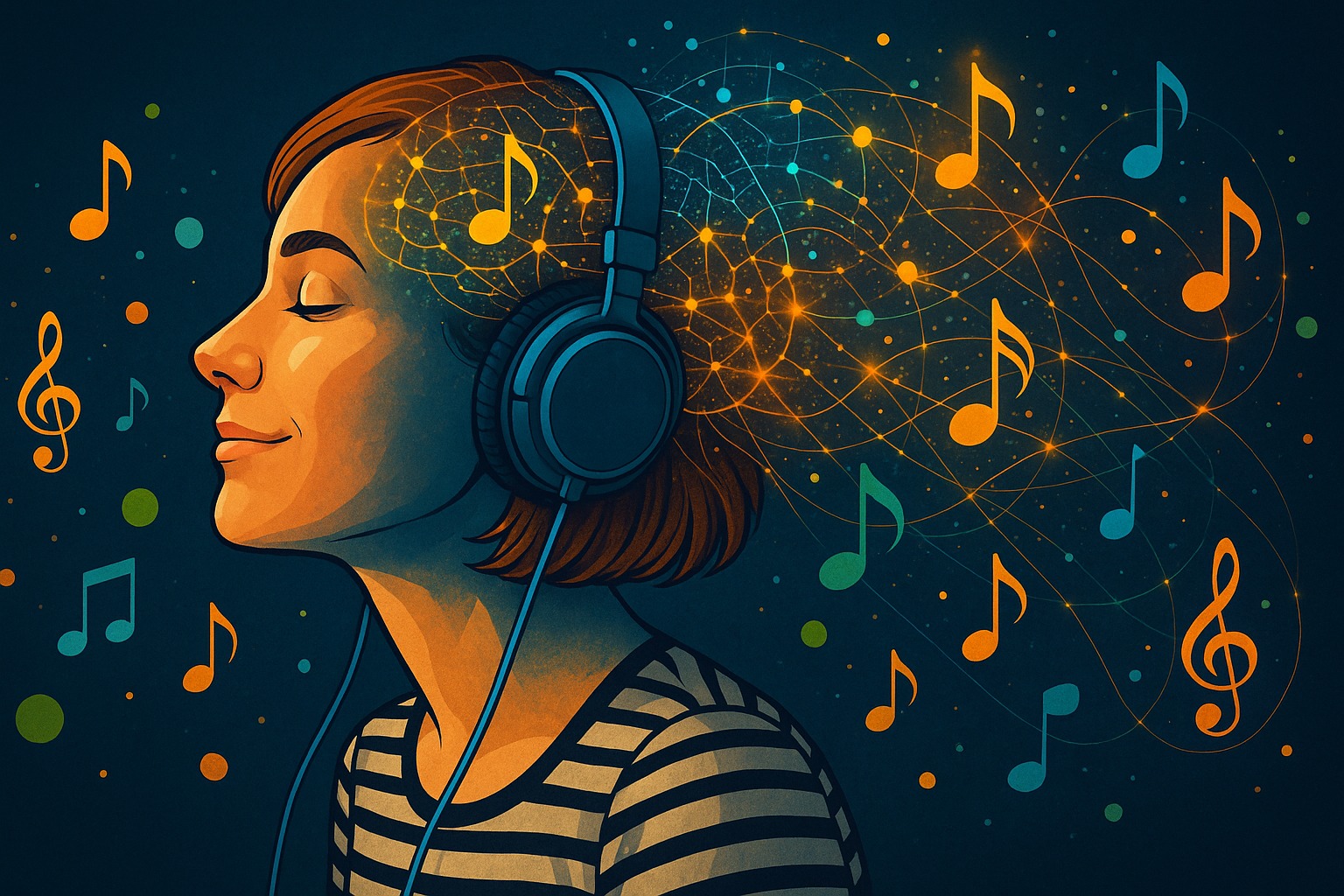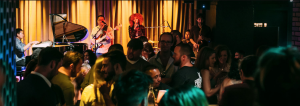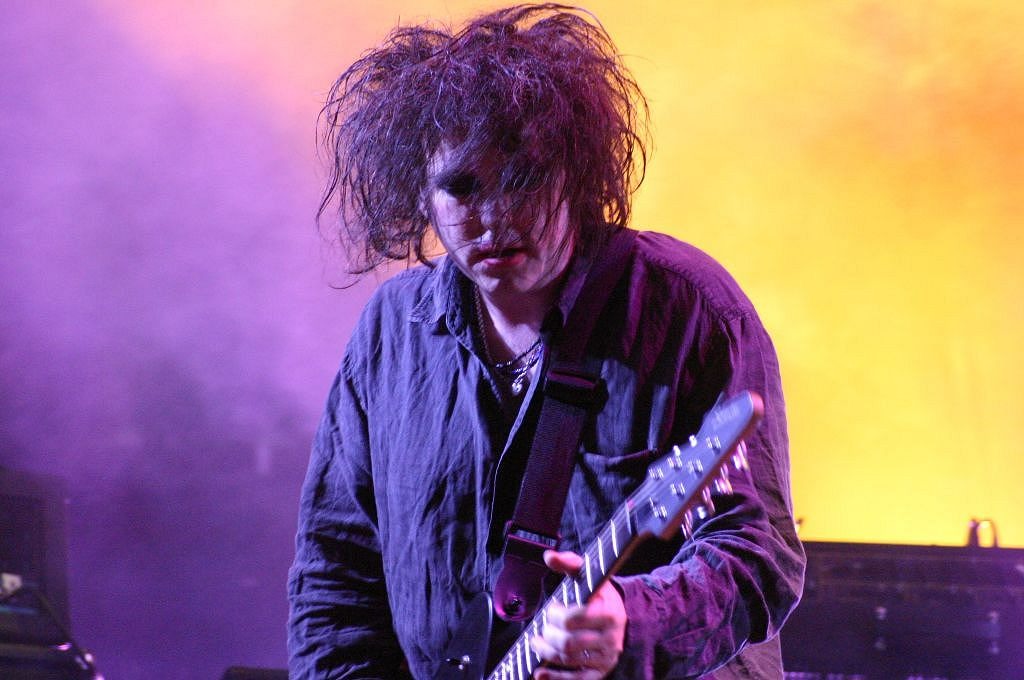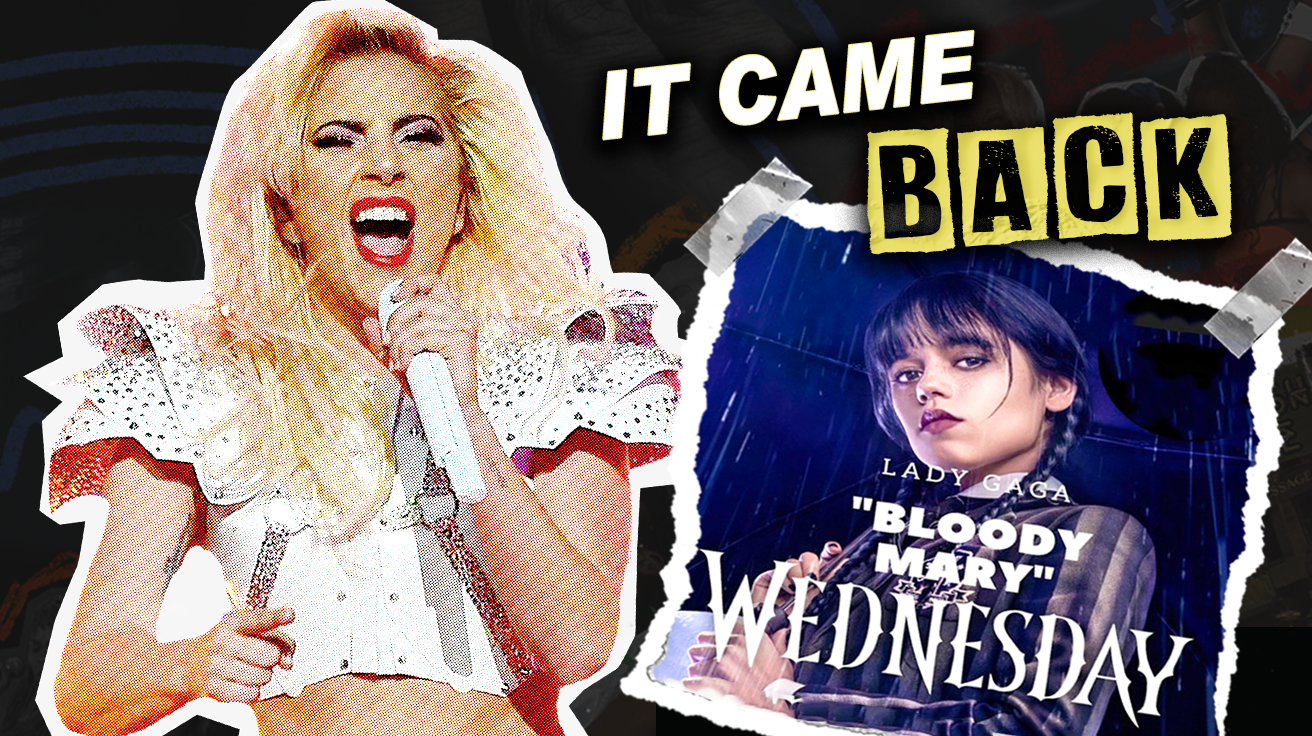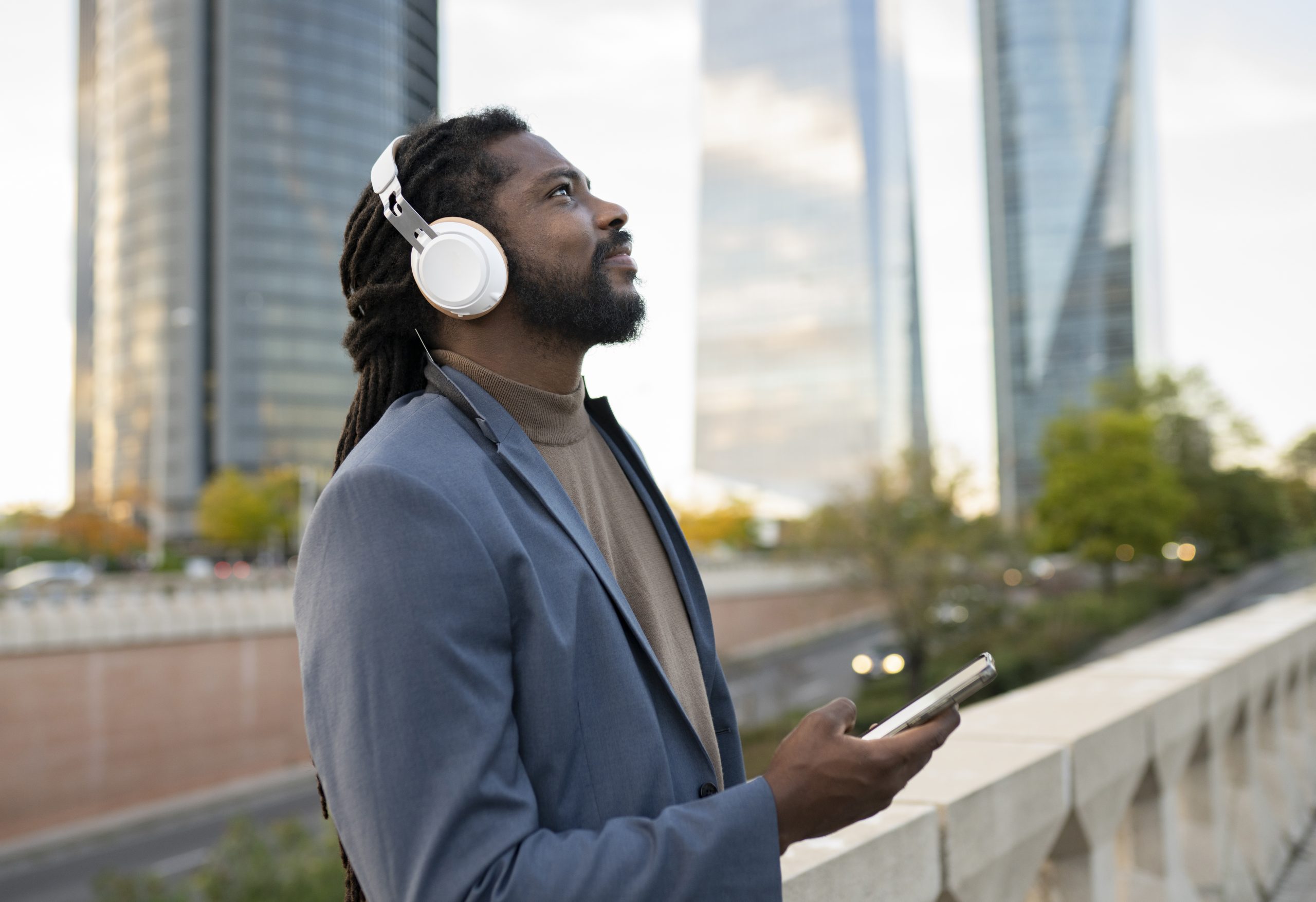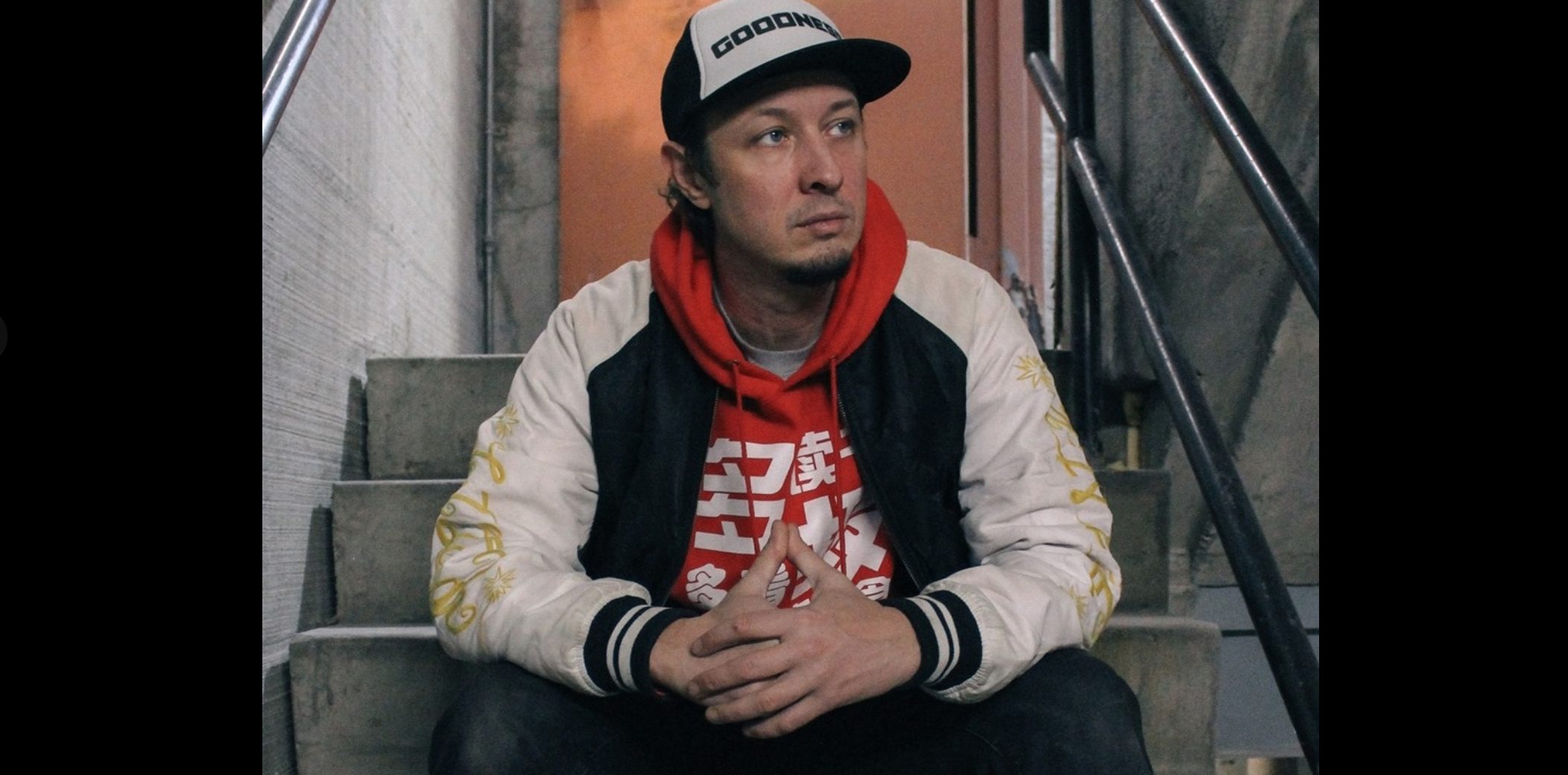That foot-tapping response to your favorite song isn’t just muscle memory—it’s your brain dynamically reorganizing its neural networks in real time. Groundbreaking research from Aarhus University and Oxford has revealed new insights into how music affects neural circuits, proving what the music industry has exploited for decades: sound doesn’t just reach your ears, it literally rewires how you think.
The record labels figured this out long before neuroscience caught up. Every playlist algorithm already knows that the right beat sequence can keep you scrolling, the perfect chord progression triggers emotional spending, and strategic silence makes you crave the drop. Now, scientists finally have the tools to see what A&R executives have been banking on since the phonograph era.
The Brain’s Hidden Mixing Board
Traditional neuroscience treated brainwaves like preset radio stations: alpha for relaxation, beta for focus, gamma for binding information. The new FREQ-NESS technology exposes this as oversimplified thinking—about as accurate as claiming all hip-hop sounds the same because it uses 4/4 time.
When that snare hit drops in your headphones, low-frequency networks pulse from your auditory cortex through motor regions, explaining why you instinctively nod your head to Kendrick Lamar’s show but stay perfectly still during ambient techno. Simultaneously, higher-frequency networks in prefrontal areas show increased synchronization, potentially linking rhythm perception with memory and emotion. Your brain becomes a dynamic mixing board, adjusting levels and connections with every chord change.
This explains why that obscure B-side from 1987 still gives you chills while today’s algorithmic hit feels hollow. Different musical elements activate distinct network combinations—meaning bedroom producers stumbling onto killer beats weren’t just getting lucky, they were accidentally triggering optimal neural configurations that major labels spend millions trying to reverse-engineer.
Beyond the Booth: Real-World Implications
This isn’t just fascinating science—it validates every music lover’s intuition about emotional impact while potentially revolutionizing brain health approaches. Researchers speculate that FREQ-NESS might eventually guide stroke patients through personalized recovery exercises by tracking how their networks adapt during therapy.
The implications stretch beyond medicine. Ever wonder why certain tracks become instant earworms while others with identical chord progressions fall flat? This research suggests it’s not just catchiness—it’s neural architecture. Some songs accidentally hit the perfect frequency combination to create lasting network changes, explaining why random SoundCloud uploads sometimes outperform major label releases in pure addictiveness. This shift highlights the surprising power of emerging artists in today’s music landscape.
For music therapy, the potential is staggering. Instead of generic “relaxing playlists,” practitioners could eventually create personalized neural interventions based on individual brain frequency patterns. Your depression might respond better to specific polyrhythms than someone else’s, making treatment as individual as your taste in music.
What’s remarkable is how this validates the underground’s instincts. Those genre-bending artists who couldn’t explain why their weird time signatures felt “right” were unconsciously optimizing for neural resonance. The brain research finally catches up to what basement studios have been discovering through trial and error: the most powerful music isn’t always the most polished—it’s the most neurologically honest.
Your listening experience has always been more than entertainment—it’s been neural sculpting disguised as pleasure. Now science can finally see the mixing desk your neurons have been operating all along.


